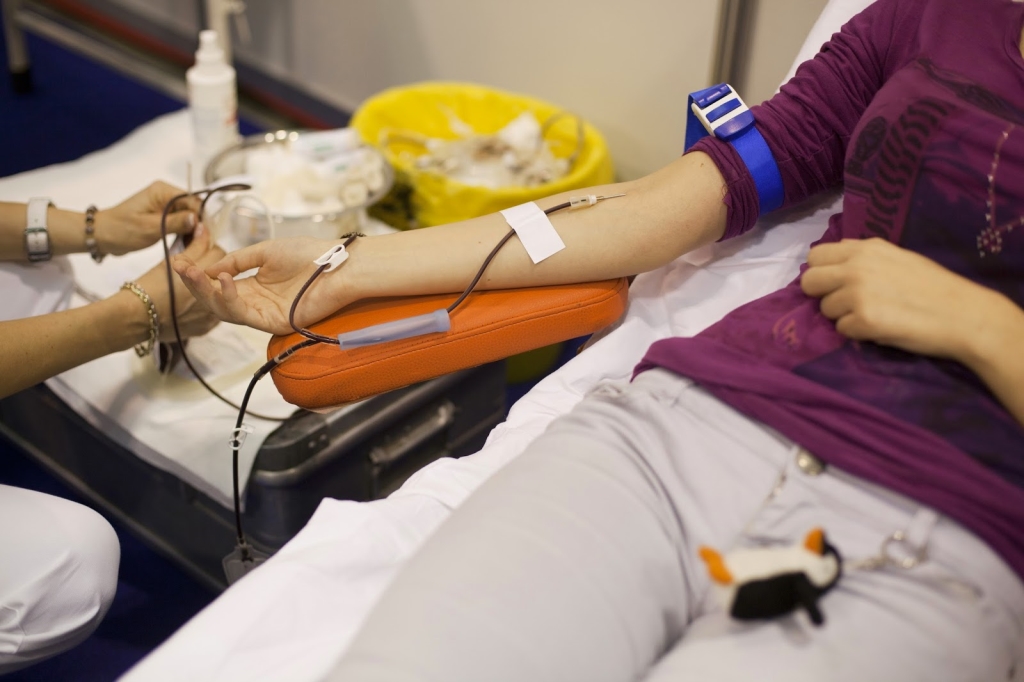
Essential Guide to Blood Drawing: What You Need to Know Before Your Test
Undergoing a blood test can be a routine part of maintaining your health,but for many,it’s also a source of anxiety and confusion. Whether it’s for a general health check, fasting blood sugar, cholesterol levels, or specific diagnostic purposes, understanding the blood drawing process can definitely help you feel more prepared and at ease. This comprehensive guide covers everything you should know before your blood test, practical tips for planning, and insights into the benefits of accurate testing.
What is a Blood Draw? An Introduction
A blood draw, also known as venipuncture, is a medical procedure where a healthcare professional collects a sample of your blood for laboratory analysis. The results can provide vital data about your overall health, detect diseases, assess organ function, and monitor ongoing medical conditions.
Why Blood Tests Are Significant
Blood tests help doctors diagnose conditions early,guide treatment plans,and monitor the effectiveness of ongoing therapies. Common reasons include:
- Detecting infections
- Monitoring chronic health conditions like diabetes or cholesterol
- Assessing nutritional deficiencies
- Checking organ functions such as liver and kidney health
- Screening for genetic or autoimmune diseases
Preparing for a Blood Test: What You Need to Know
1.Follow Fasting Instructions Carefully
Many blood tests, such as fasting blood sugar or lipid profiles, require you to fast for 8-12 hours prior to the test. This prevents food and drink from affecting the results.
- Examples of fasting tests: Cholesterol test, glucose tolerance test, certain nutrient level assessments.
- Tip: If in doubt, always confirm fasting instructions with your healthcare provider.
2. Stay Hydrated
drink plenty of water before your blood draw, unless advised otherwise. Proper hydration makes veins more accessible and allows for smoother blood collection.
3. Avoid Strenuous Exercise
Intense physical activity can influence blood test results, especially those related to muscle enzymes or electrolytes. Rest well before your appointment.
4. Inform Your Healthcare Provider of Medications
Some medications and supplements can affect test results. Always share a full list of your current medicines with the technician or doctor.
- Blood thinners
- Vitamins and herbal supplements
- Certain antibiotics
5.Clothing and Site Preparation
Wear comfortable clothing with easy access to your arm. Your phlebotomist will likely draw blood from your antecubital vein (inside of your elbow).
What to Expect During a Blood Draw
Here’s a step-by-step overview of the typical procedure:
- Preparation and identification verification
- Applying a tourniquet to locate a suitable vein
- Cleaning the skin with an antiseptic wipe
- Inserting the needle into the vein to collect blood into tubes
- Removing the needle and applying pressure to stop bleeding
- Covering the site with a bandage
The entire process usually takes less than 10 minutes and is generally well-tolerated.
Common Concerns and How to Address Them
1.Fear of Needles
If you’re nervous about needles, communicate with your phlebotomist. Deep breathing, distraction techniques, and calm conversation can help ease anxiety.
2. Feeling Lightheaded or dazed
Some people experience faintness. Sit or lie down during your blood draw and inform the technician if you feel dizzy.
3. post-Procedure Care
- keep the bandage on for a few hours to prevent bleeding
- Stay hydrated
- Report any severe swelling, pain, or bleeding to your healthcare provider
Benefits and Practical Tips for Blood Testing
Benefits of Regular Blood Testing
- Early detection of health issues
- Monitoring of chronic conditions
- Guidance on lifestyle changes
- confirmation of overall health status
Practical Tips to Ensure Accurate Results
| Tip | Why It Matters |
|---|---|
| Follow fasting rules | Prevents false readings affecting lipid and glucose levels |
| Stay well-hydrated | Easy access to veins, less discomfort |
| Avoid strenuous activity | Minimizes muscle enzyme elevation |
| Share medications info | Ensures accurate interpretation of results |
| Arrive early | Reduces stress and allows smooth process |
Case Study: A Typical Blood Test Journey
Jane, a 45-year-old with a family history of high cholesterol, scheduled her annual blood test. Following fasting instructions and staying hydrated, she felt confident during her appointment. The phlebotomist drew her blood quickly and comfortably, and she received her results a few days later. The results showed mildly elevated cholesterol, prompting her doctor to suggest lifestyle changes and a possible medication plan. Jane appreciated how preparation made the process smooth and stress-free.
First-Hand Experience: Tips from a Patient
As a patient who’s undergone countless blood tests, I can recommend a few personal tips:
- Wear loose, comfortable clothing with sleeves that can be rolled up easily.
- Arrive a little early to relax and keep calm.
- Communicate openly if you feel uncomfortable or nervous.
- Listen to the technician’s instructions carefully, and don’t hesitate to ask questions.
Conclusion: Your Roadmap to a Stress-Free Blood Test
Understanding the blood drawing process and proper preparation are key to ensuring accurate results and making the experience as comfortable as possible. Remember to follow your healthcare provider’s instructions closely,stay calm,and communicate openly.With the right knowledge and practical tips, you can approach your scheduled blood test with confidence and peace of mind. Regular blood testing is an invaluable tool in maintaining your health and catching potential issues early - take charge of your wellness today!